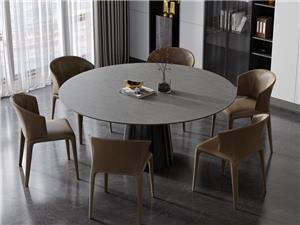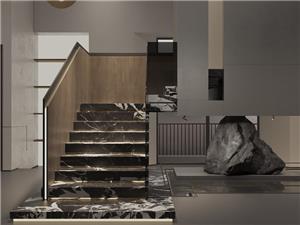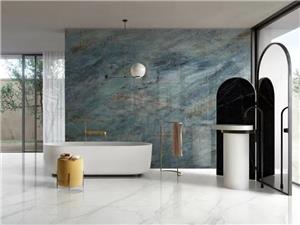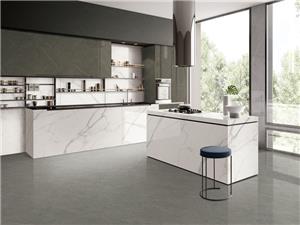Sintered Stone Selection Guide: The First Step to Creating an Ideal Interior Space
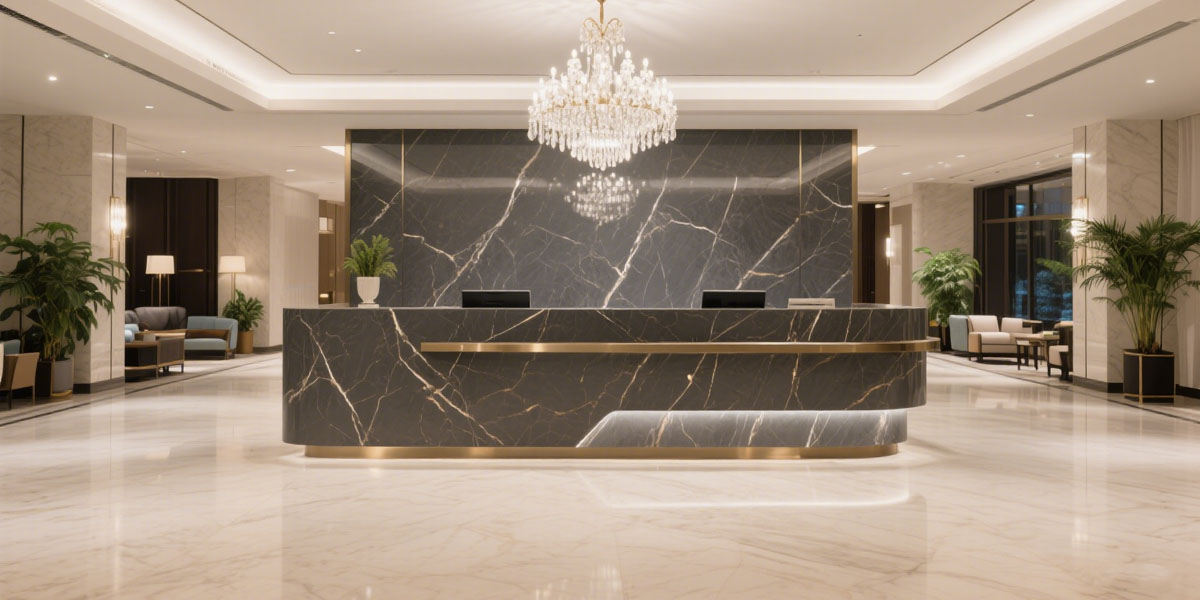
In today's interior design field, sintered stone have become the favorite of many designers and property owners due to their outstanding performance and diverse design possibilities. From kitchen countertops to living room background walls, from bathroom Spaces to bedroom decorations, sintered stone can all display their unique charm. However, in the face of a wide variety of rock plate products on the market, how to select the rock plate that suits one's interior design style and usage requirements has become a key issue. Now, let's take a detailed look at the methods for choosing sintered stone suitable for interior design.
Clarify the interior design style to perfectly integrate the sintered stone
Different interior design styles have different requirements for the selection of sintered stone. Only by making the sintered stone complement the overall style can a harmonious and unified spatial effect be created.
Modern minimalist style: It pursues simplicity and purity, and neutral colors such as white, gray and black are the preferred choices. White sintered stone create a bright and spacious atmosphere, grey adds a sense of stability and sophistication, and black is used for embellishment to highlight the visual impact. It can be paired with simple geometric patterns or fine-line textures of rock plates, adding a sense of layering while maintaining simplicity. In terms of texture, simple stone patterns or fine fabric patterns are more suitable. In terms of size, larger sizes make the overall look more grand. For the wall, 6mm thin sintered stone can be chosen, while for the countertop, 12-20mm thick ones are appropriate.
European classical style: It emphasizes magnificence and solemnity. Warm-toned sintered stone in gold, beige, dark brown and other colors create an elegant and noble atmosphere. The sintered stone with a metallic texture echo the metal decorative elements, enhancing the sense of luxury. In terms of texture, rich and complex marble patterns are the key. The shape can be chosen with arc-shaped or carved edges. Surface details such as concave-convex textures or crystalline effects enhance the classical charm.
Chinese style: It emphasizes the stability and harmony of colors, with black, white and gray as the base, and is complemented by traditional color slabs such as vermilion, green and sandalwood. The texture integrates natural elements with traditional cultural symbols, such as traditional Chinese patterns and wood grain, emphasizing the texture and touch of the material. The matte texture or slight luster on the surface simulates the effect of traditional materials.
Industrial style: Dominated by cool tones, deep gray, black and dark blue create a cold and tough atmosphere. Rock plates with metallic oxidation colors convey a sense of age and vicissitude. The texture prefers rough texture and metallic texture, such as concrete texture and metallic texture. Non-standard sizes or different sizes can be selected for splicing. The shape pays attention to straight edges and right angles.
Nordic style: It mainly features fresh and natural colors, with light blue, light green, beige and light wood-colored rock slabs being typical. The texture tends to be simple and natural, such as light wood grain, stone grain or simple geometric patterns. The thickness is chosen to be relatively thin, and the splicing method is simple to maintain simplicity and naturalness.

